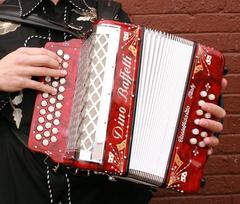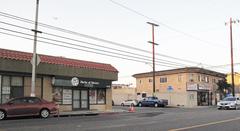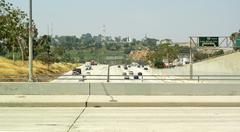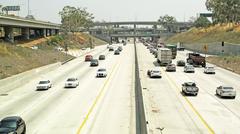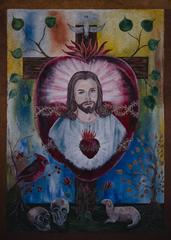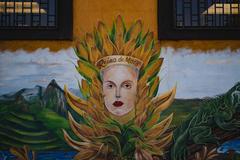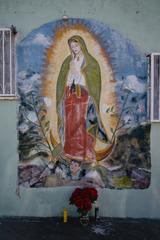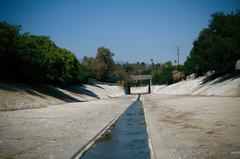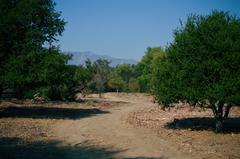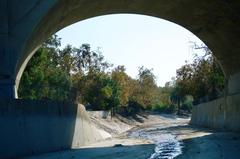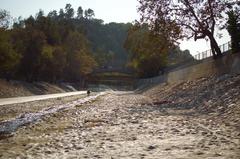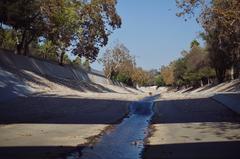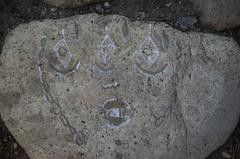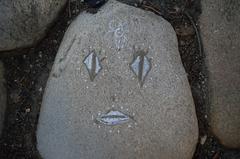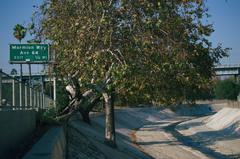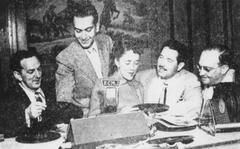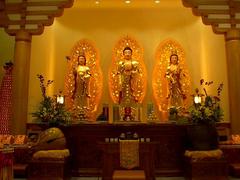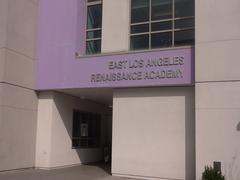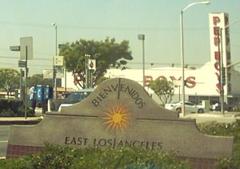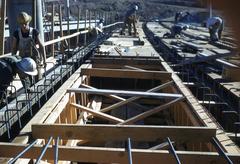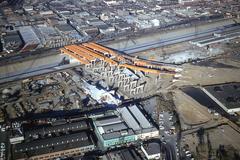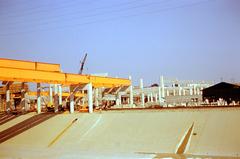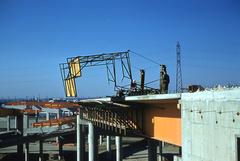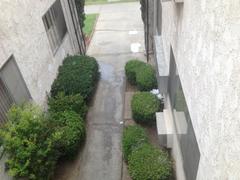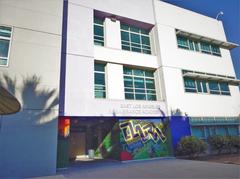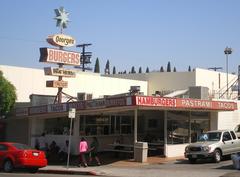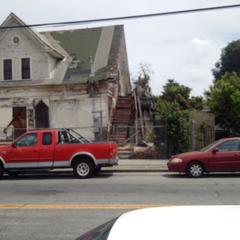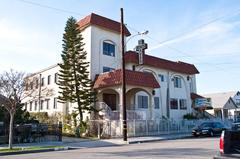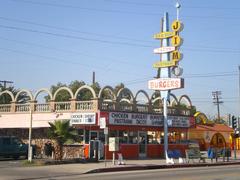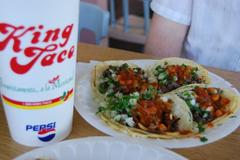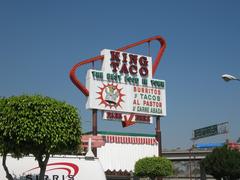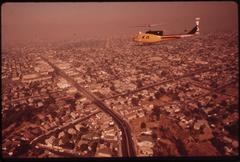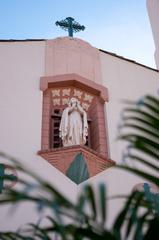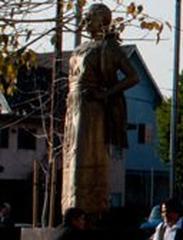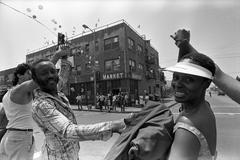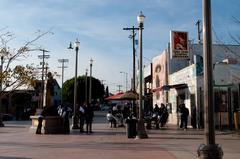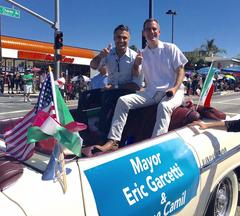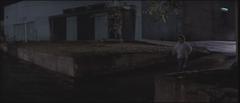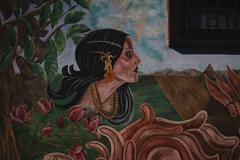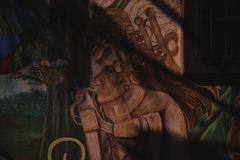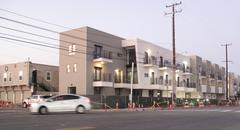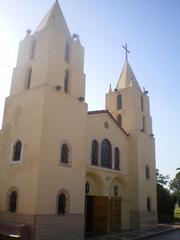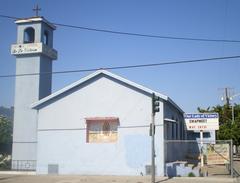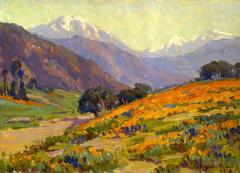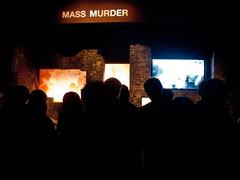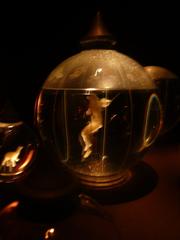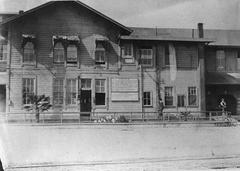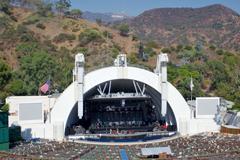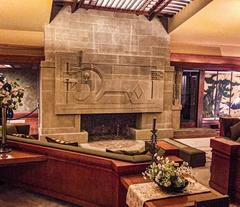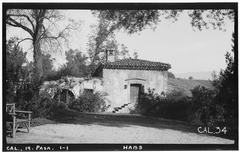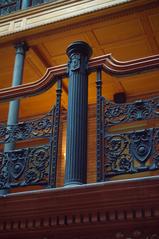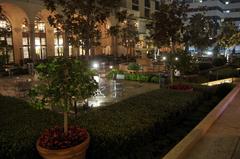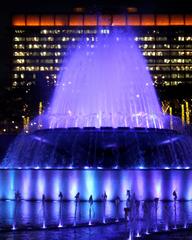
Visiting El Pino: Hours, Tickets, and Historical Insights in Los Angeles
Date: 23/07/2024
Introduction
El Pino, also known as The Pine Tree, is an iconic and culturally significant landmark located in East Los Angeles, California. This Canary Island Pine (Pinus canariensis), estimated to be over a century old, stands as a symbol of the rich history and cultural heritage of the Chicano community. Its prominence was further cemented by its appearance in the 1993 film “Blood In, Blood Out,” which transformed it into a pilgrimage site for fans and a powerful emblem of Chicano identity (Los Angeles Times). This guide aims to provide a comprehensive overview of El Pino, covering its historical significance, visiting information, travel tips, and nearby attractions. Whether you’re a history enthusiast, a cultural explorer, or simply looking to experience a unique aspect of Los Angeles, this guide will help you make the most of your visit to El Pino.
Table of Contents
- Introduction
- Origins and Early History
- Cultural Significance
- Historical Events and Community Impact
- Visiting El Pino - Hours, Tickets, and Tips
- Nearby Attractions
- Preservation Efforts
- Modern-Day Relevance
- FAQ Section
- Conclusion
Origins and Early History
El Pino’s origins date back to the early 20th century when it was planted as part of the urban development of East Los Angeles. Although the exact planting date is not well-documented, it is believed to have been planted around the 1920s or 1930s. Over the decades, the tree has grown to become a silent witness to the area’s rich history and social changes.
Cultural Significance
El Pino gained widespread recognition through its appearance in the 1993 film “Blood In, Blood Out” (also known as “Bound by Honor”). In the movie, El Pino serves as a meeting point for the main characters and symbolizes their connection to their roots and heritage. This cinematic portrayal elevated the tree to an iconic status, making it a symbol of cultural identity and pride for many residents of East Los Angeles (Smithsonian Magazine).
Historical Events and Community Impact
El Pino has stood witness to numerous historical events and social movements, especially during the Chicano Civil Rights Movement of the 1960s and 1970s. The tree has seen protests, marches, and community gatherings advocating for civil rights, educational reform, and social justice. In recent years, it has become a focal point for community events and celebrations.
Visiting El Pino - Hours, Tickets, and Tips
If you’re planning to visit El Pino, here are some key details to help you plan your trip:
- Visiting Hours: El Pino is accessible to the public 24/7 as it is located in a public area. However, visiting during daylight hours is recommended for safety and better visibility.
- Tickets: There are no entrance fees or tickets required to visit El Pino.
- Travel Tips: The tree is located near the intersection of Indiana Street and Dozier Street in East Los Angeles. Public transportation options are available, and street parking can be found in the surrounding area.
Nearby Attractions
While visiting El Pino, you may also want to explore other historical and cultural sites in East Los Angeles:
- El Mercado de Los Angeles: A vibrant marketplace offering a variety of Mexican goods and food.
- Mariachi Plaza: A popular gathering spot for mariachi musicians and cultural events (Los Angeles Conservancy).
- Self Help Graphics & Art: An art center dedicated to promoting Chicano and Latino art (Self Help Graphics & Art).
Preservation Efforts
In 2017, the Los Angeles City Council designated El Pino as a Historic-Cultural Monument, ensuring its protection under city regulations. This designation was a result of advocacy by local residents and community organizations who sought to safeguard the tree for future generations. Any proposed changes or developments in the vicinity must undergo a review process to ensure the tree is not harmed (LA Conservancy).
Modern-Day Relevance
Today, El Pino continues to be a symbol of cultural heritage and community pride. It attracts visitors from all over the world who come to see the iconic tree and learn about its history. The tree’s significance extends beyond its physical presence; it represents the enduring spirit of the East Los Angeles community and its commitment to preserving its cultural identity.
FAQ Section
Q: What are the visiting hours for El Pino?
A: El Pino is accessible 24/7, but it is recommended to visit during daylight hours for safety.
Q: Is there an entrance fee to visit El Pino?
A: No, visiting El Pino is free of charge.
Q: Where is El Pino located?
A: El Pino is located near the intersection of Indiana Street and Dozier Street in East Los Angeles.
Conclusion
El Pino’s story is a testament to the power of cultural landmarks in shaping community identity and fostering a sense of belonging. As a living monument, El Pino serves as a bridge between the past and the present, connecting generations and reminding us of the importance of preserving our shared heritage. For more information about El Pino and its historical significance, you can visit the Los Angeles Conservancy website.
Call to Action
If you enjoyed learning about El Pino, consider exploring other historical sites in East Los Angeles or following us on social media for more updates on cultural landmarks.
